|
|
Click to enlarge.

 | |
|
|
Click to enlarge.

 | |

The Front of the Mill. The White River is on the right.
The White River Mill at Dunleer in County Louth is rather special. The mill has a date stone 1698 just a few years following the Battle of the Boyne. The mill has been a source of much valued stone ground flour.The present miller Gerard Connor continues the long tradition. The mill is completely water powered with no electricity at all except for a long extension lead coming out of the letterbox from his house across the courtyard. The electricity is used for a radio. The water from the white River is funnelled in a trough by opening small sluice gates. Once the sluice gates are opened the water surges towards the giant wheel. Slowly the wheel starts to move, then powerfully the whole mill starts to life. Everywhere there are big cog wheels with wooden teeth feeding lesser wheels. Everything is moving. The giant milling stones are made from Sandstone from the Seine near Paris and date back to the schooner days, (they are each over 100 years old), when they were used as a commercial ballast and extra revenue for the Captain. These special milling stones produce a rather course grind.

This picture was taken from the lane approaching the Mill. The Mill is on the left (out of sight) behind the original house, (the taller building), and an out building. On the right, the farthest building is the current home with the two chimneys and another out building.
IngredientsMethod:
Sieve the plain flower and bread soda into a bowl and then add all the other ingredients. Mix and then add the cream and buttermilk and continue to mix. Sprinkle the base of the tin with flower and fill in the mixture. Brush with egg wash. Sprinkle with pinhead oatmeal for an attractive finish and bake
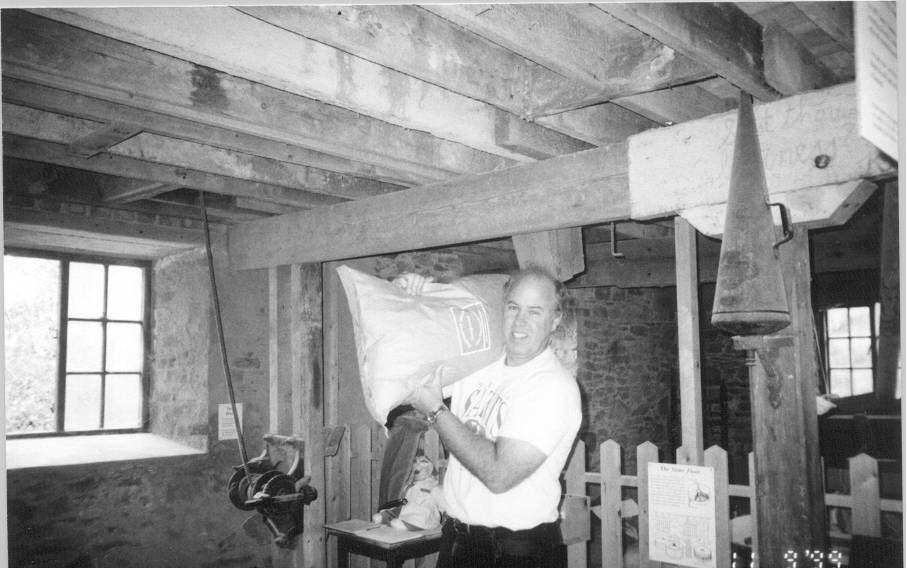
Michael Gannon "working" at the Mill. November 1999.
I had this picture taken because I have learned through my genealogy research that my great great great grandfather Micheal Gannon lived at the mill in 1838. Upon his death in 1874 he left the mill to his son Peter who later sold it to my great great grandfather James. James died in 1903 and left the Mill to his wife Mary, upon her death in 1907, Mary left the Mill to her son Eugene. In 1923 Eugene sold the Mill to Packy Conner and moved to America. Packy's nephew Gerard now owns and runs the Mill.
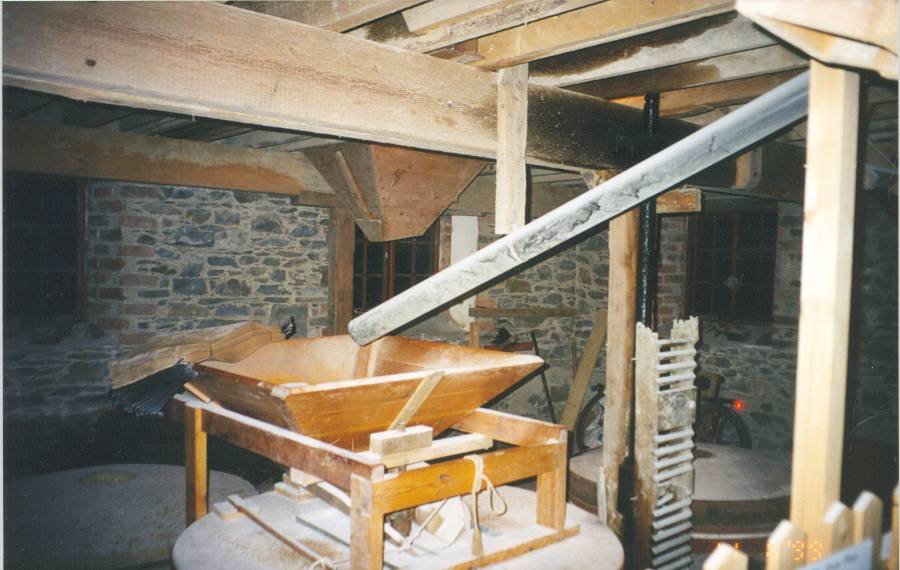
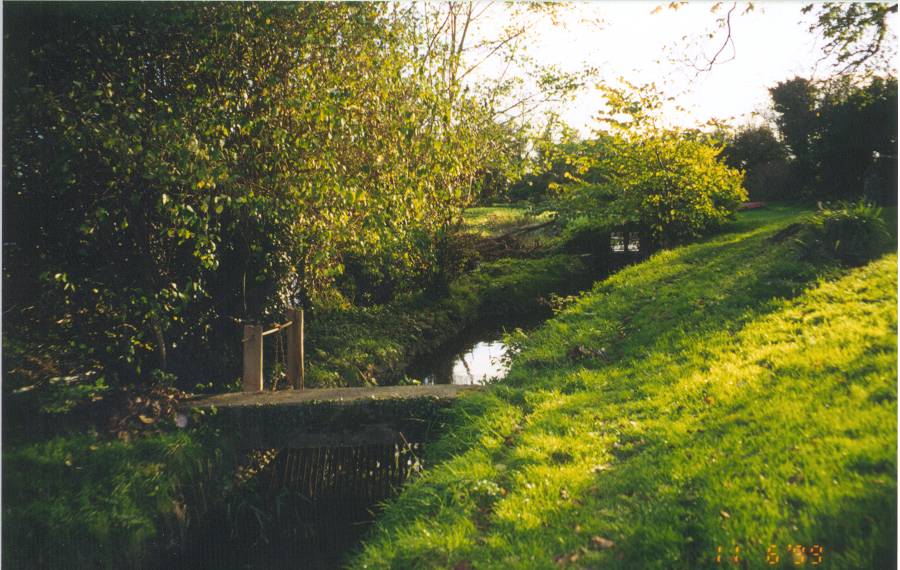
A view of a tributary of the White River. This picture was taken from the door of the Mill.
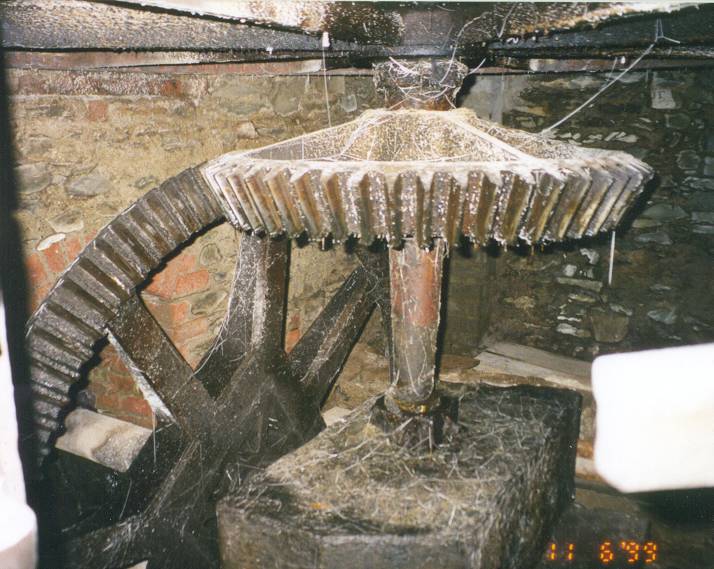
The internal equipment of the mill.
Below is a notice of the death of Agnes Gannon from the Dundalk Democrat issue of January 20(?), 1894.
SHOCKING ACCIDENT NEAR DROGHEDA
On Friday last, 12th inst, about midday, a shocking accident occurred to a young girl, daughter of Mr. Gannon, of Castlebellingham, in a corn mill belonging to her father, which, it is feared, will have a fatal termination. The mill is situate some distance outside Dunleer, and the girl went into the mill through motives of curiosity. While moving about her dress became entangled in the revolving machinery and she was dragged into the machinery, sustaining shocking injuries to head, arms, and legs. As soon as possible the poor sufferer was extricated, Dr Keelan of Dunleer, was quickly on the spot, and rendered all the aid possible under the circumstances. Acting under his advise, the sufferer was removed by the first passing train to Dublin, and taken to one of the Dublin hospitals, accompanied by her mother, who had driven over with the poor girl from their home at Castlebellingham. Mr Gannon of Dunleer, Uncle to Miss Gannon, was working the mill at the time, and it was he who extricated her.
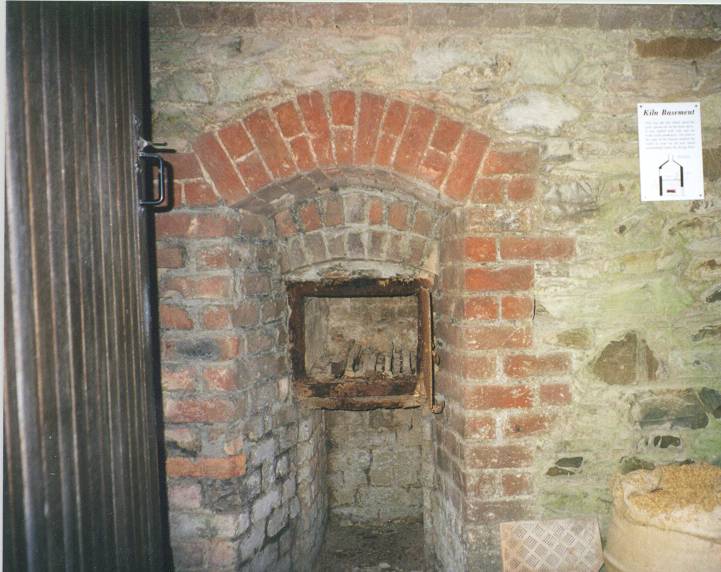
Within the crawlspace in the center of the picture is the drying room. Sometimes when grain was bought and delivered it was still wet, it would be put in this room and heat from the source below would dry it.
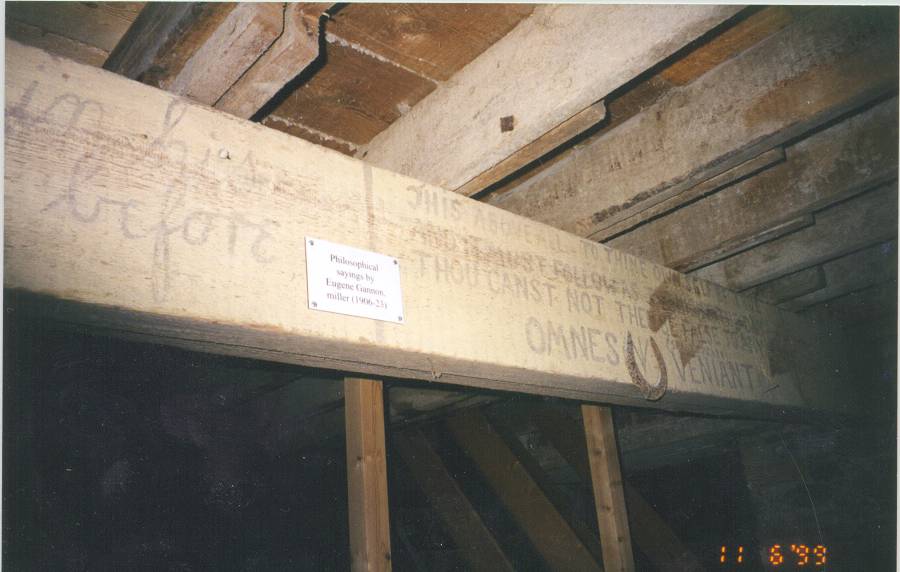
The words written on the beam were transcribed there by Owen Patrick (Eugene) Gannon sometime prior to 1923.
On the left is the saying
"Seest thou a man diligent in his
business He shall stand before kings"
on the right is
"This above all to thine own self
be true. It must follow as the night
the day Thou canst not then be
false to any man
OMNES VERIANT Shakespeare".